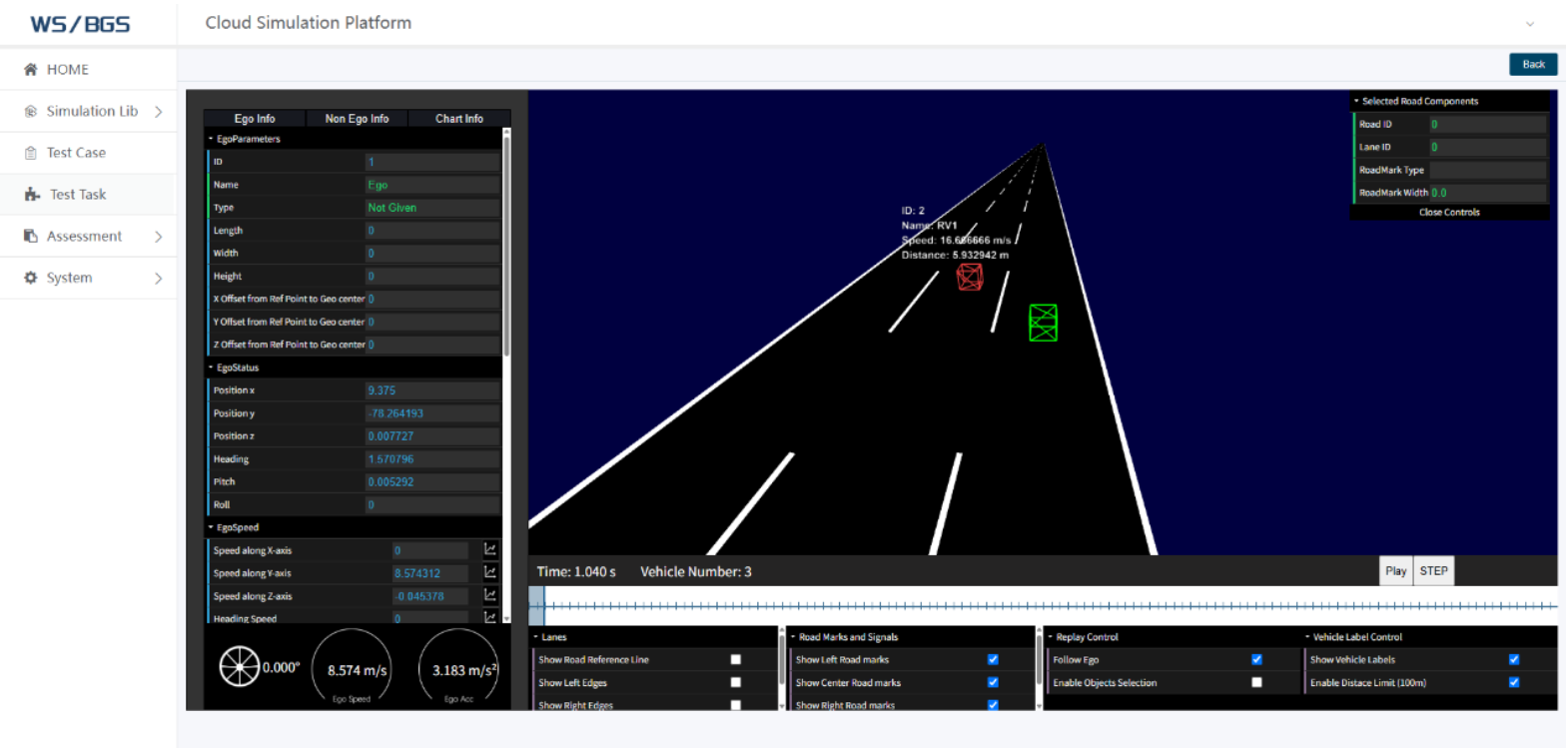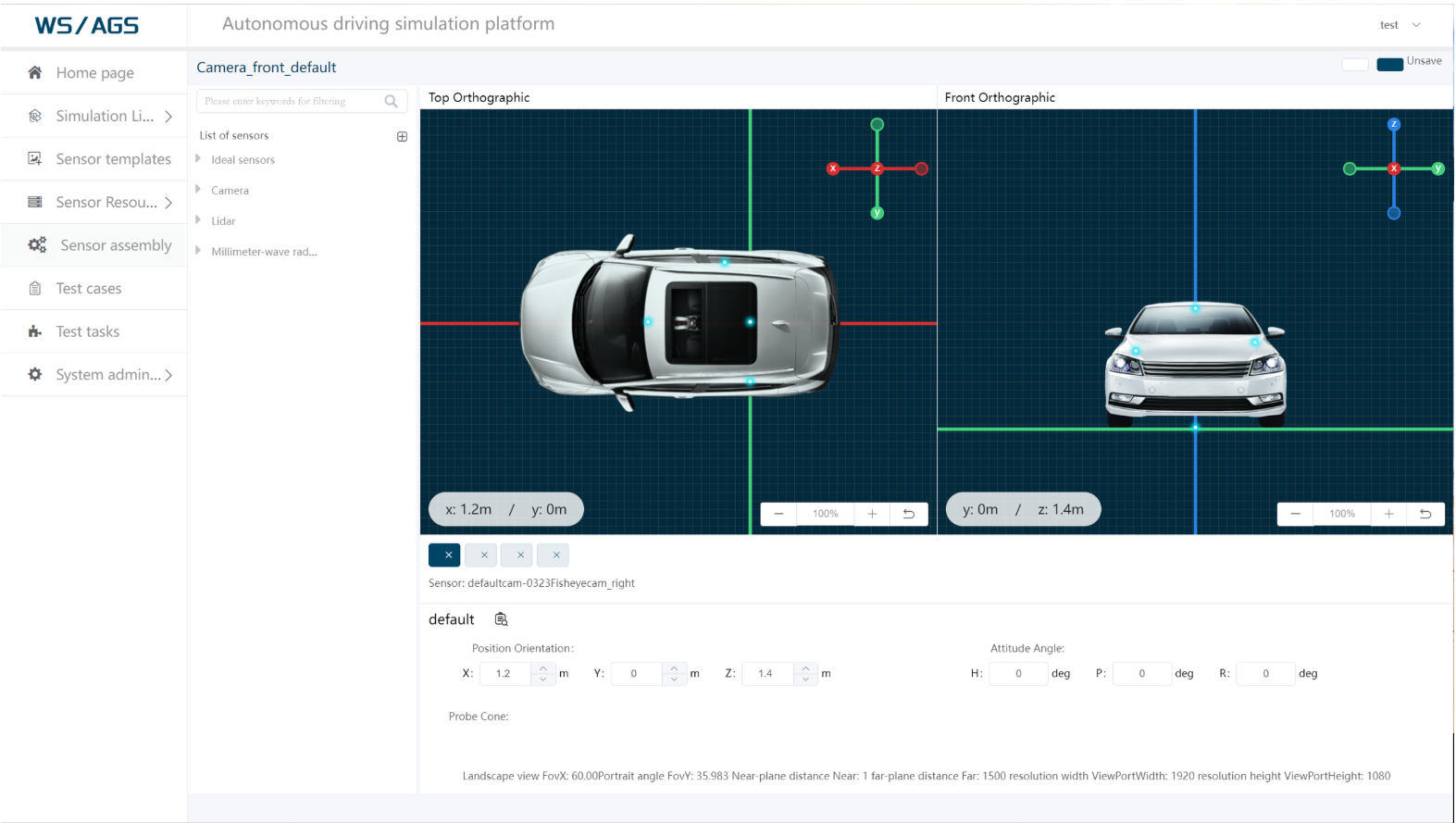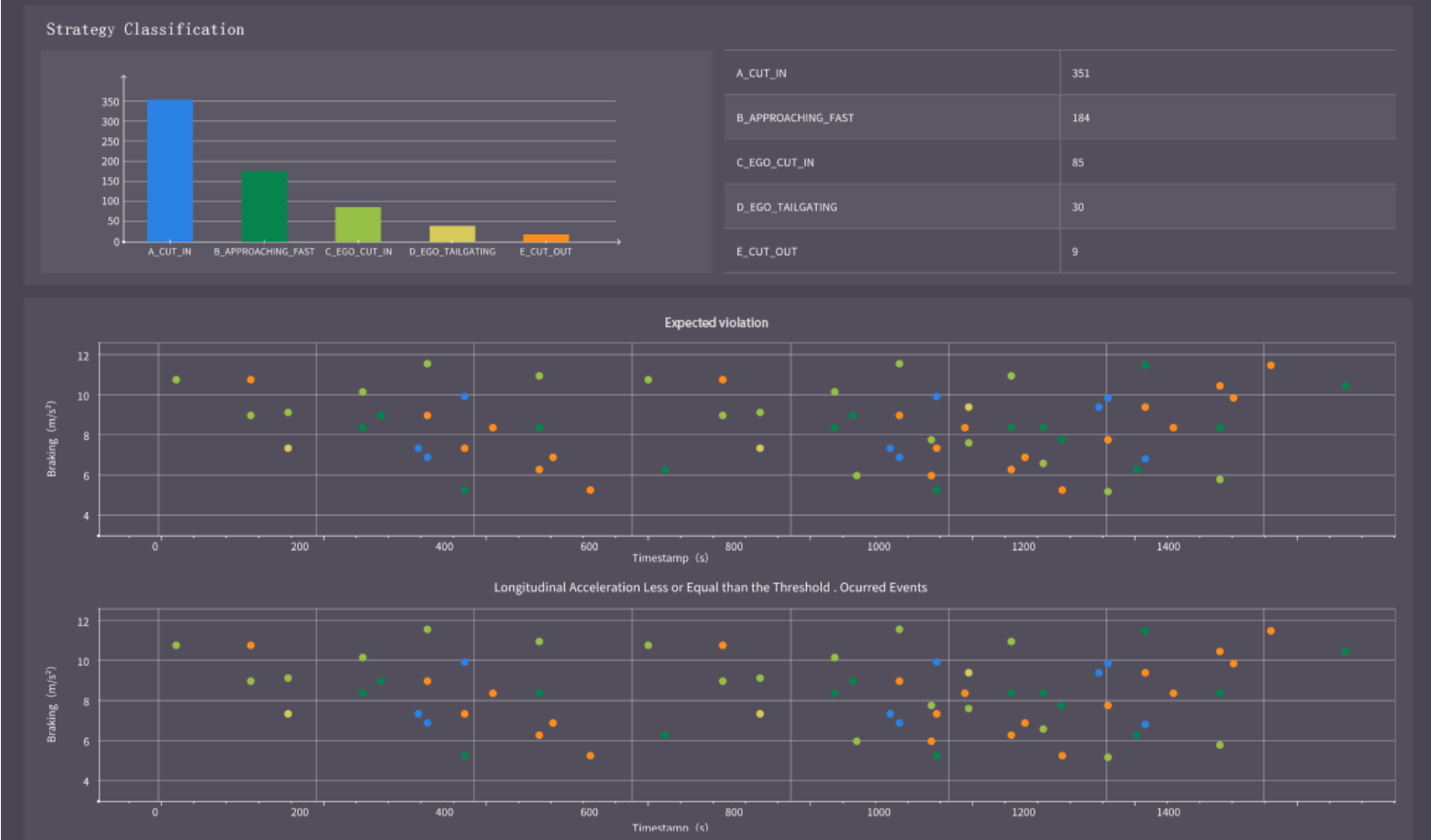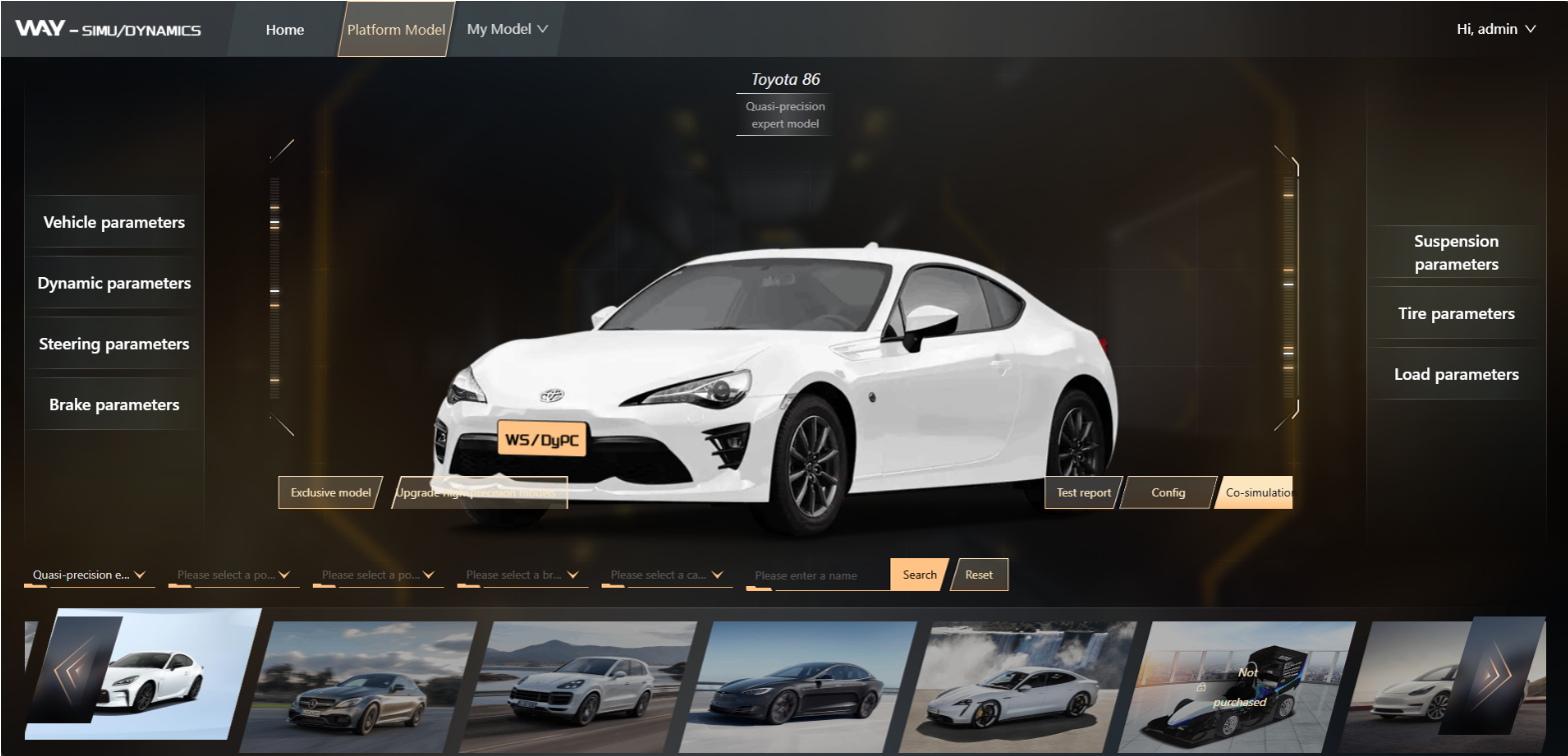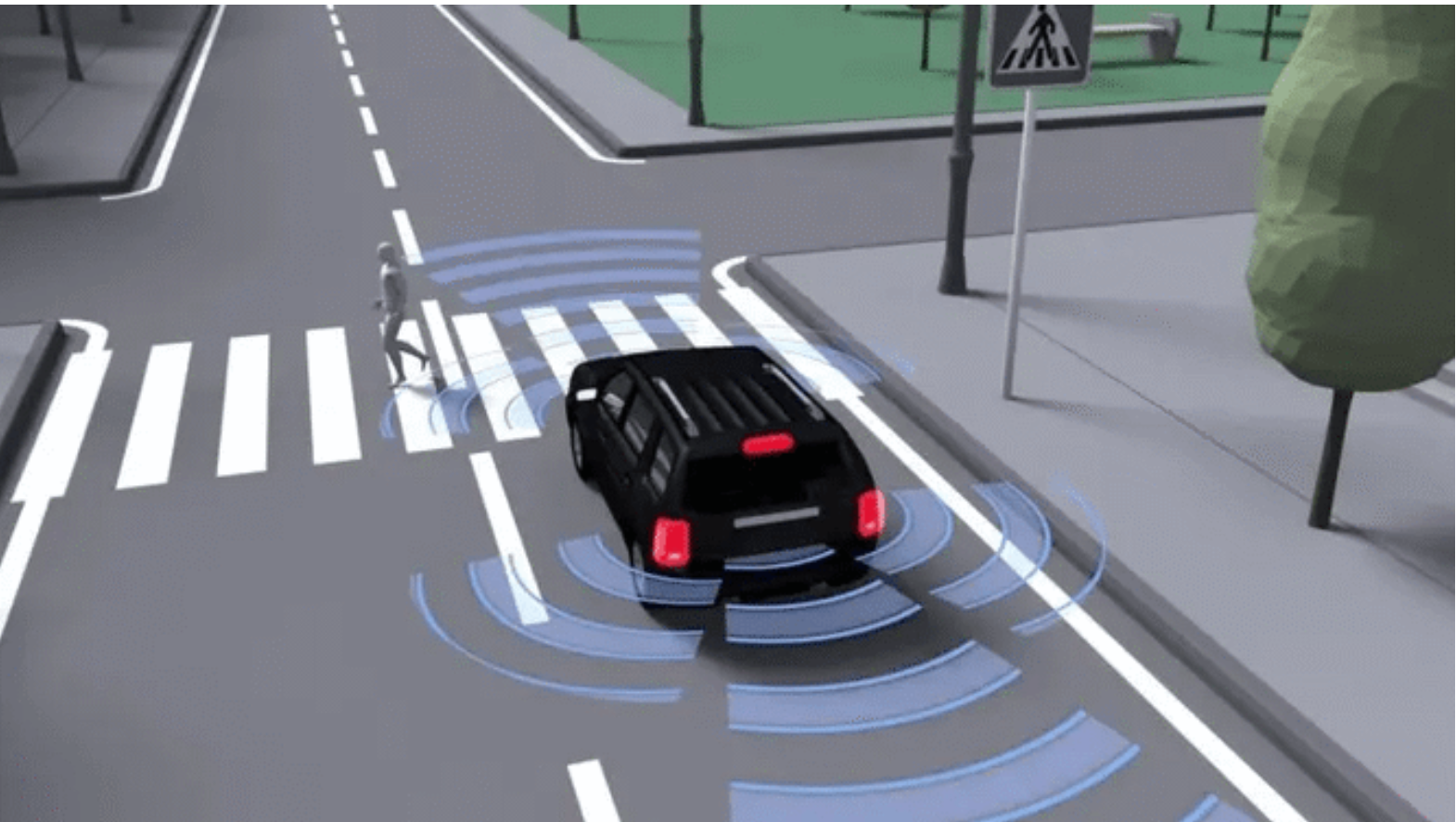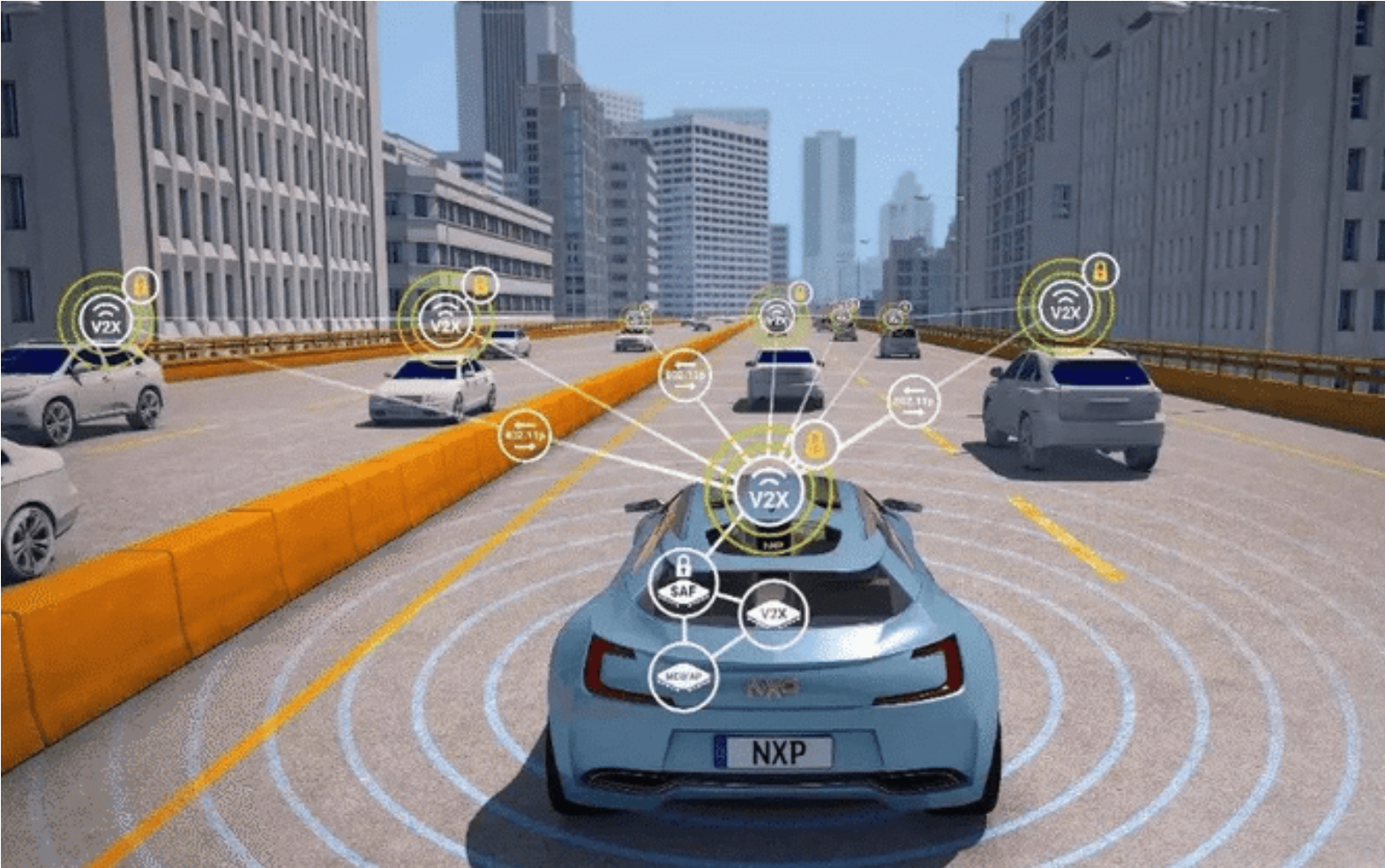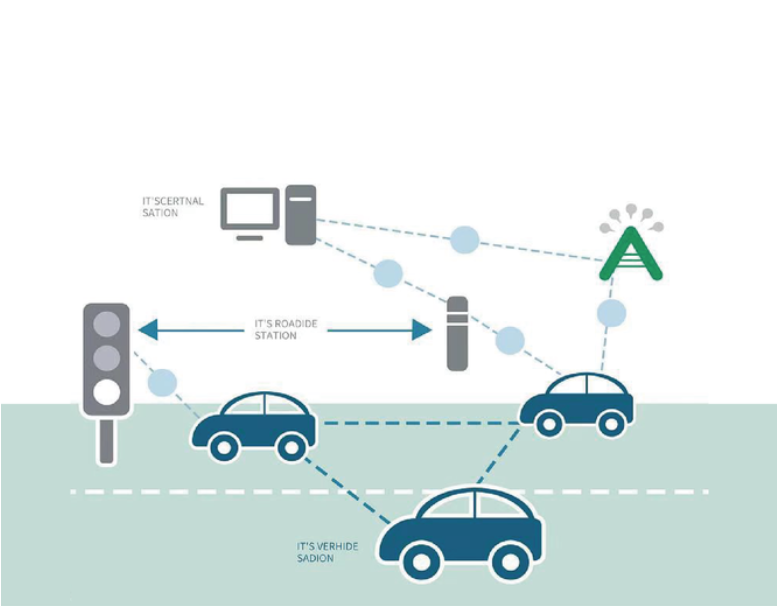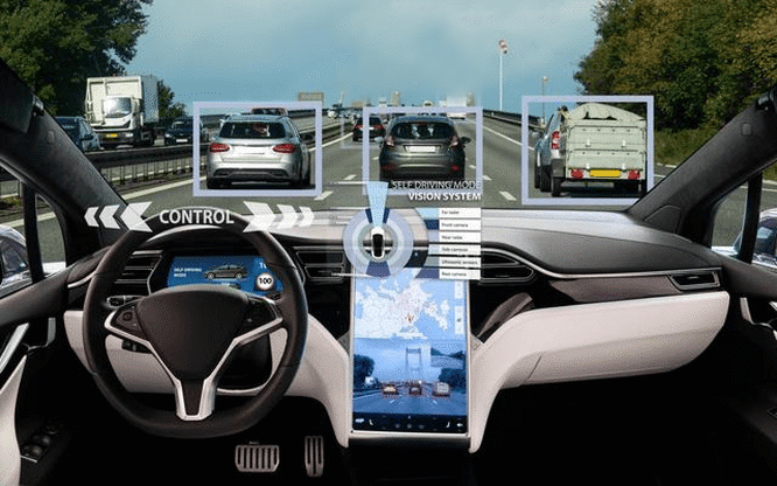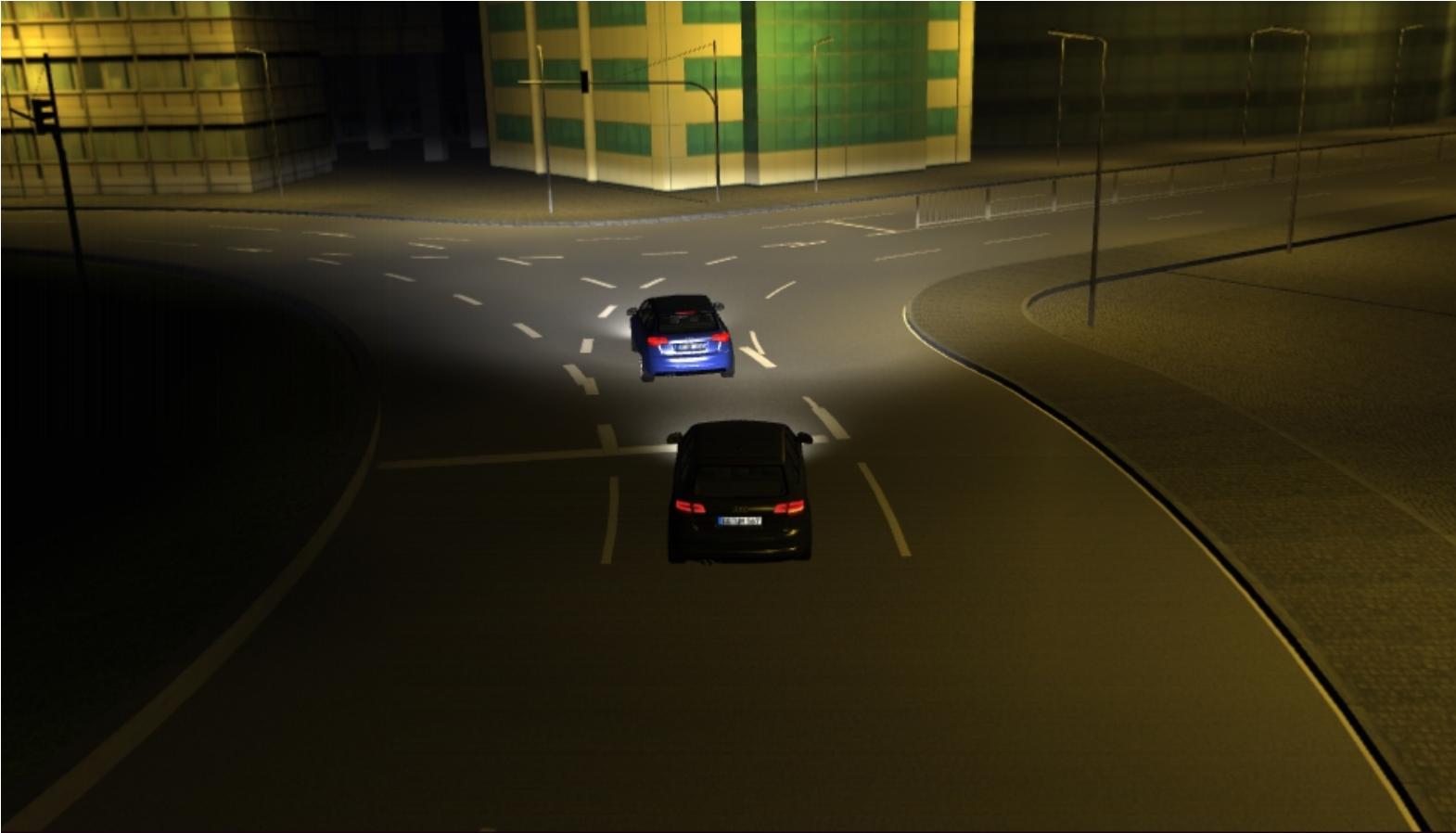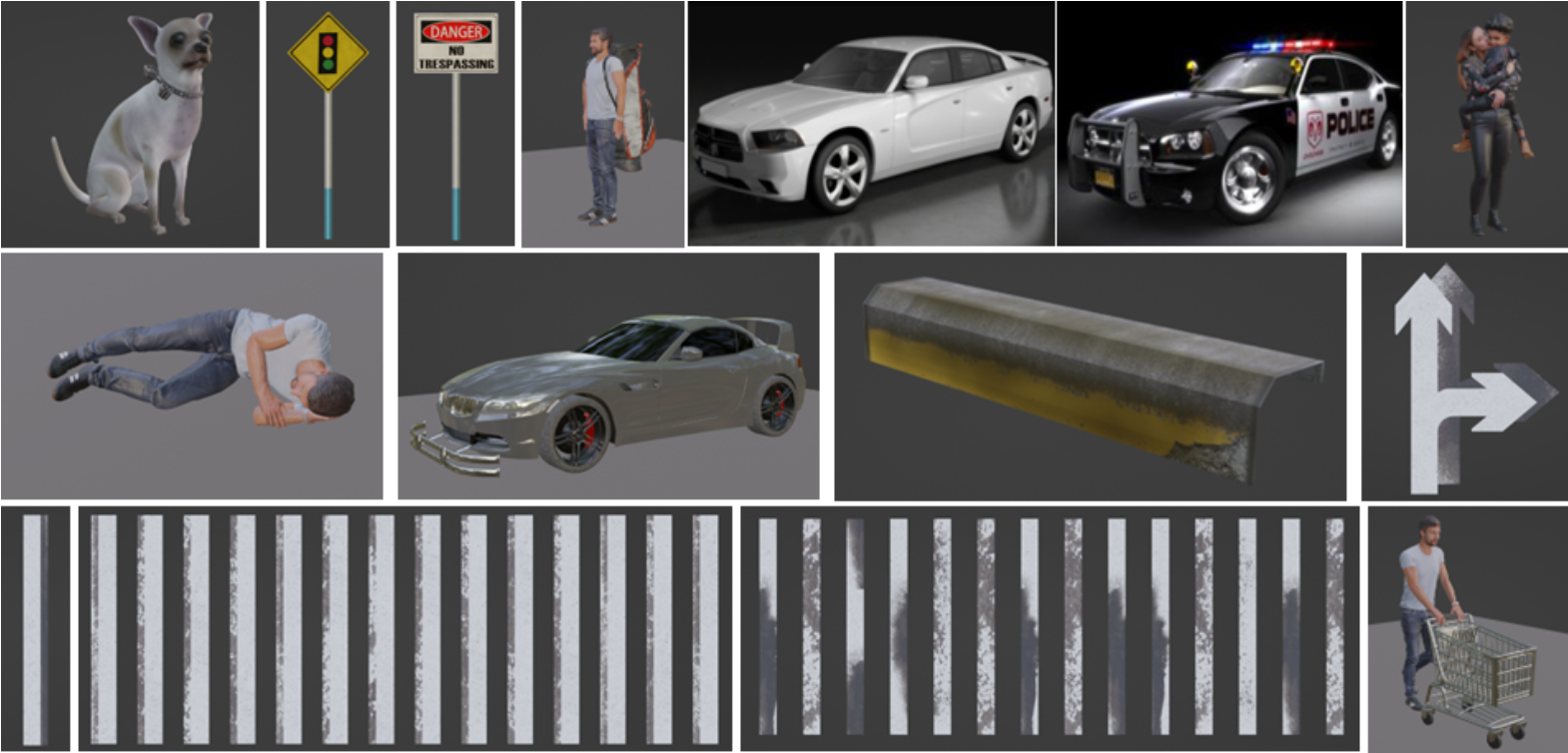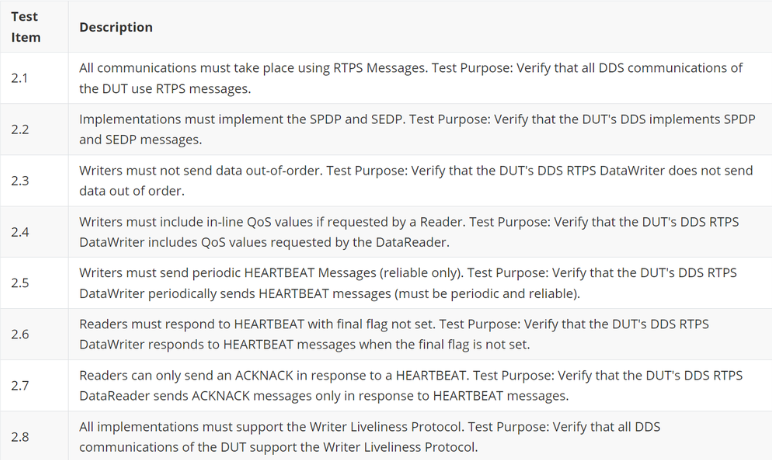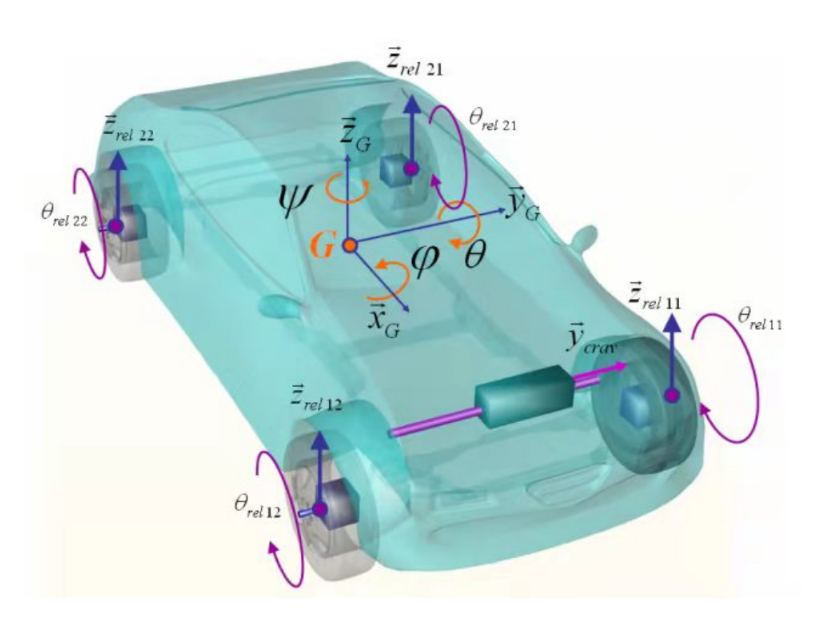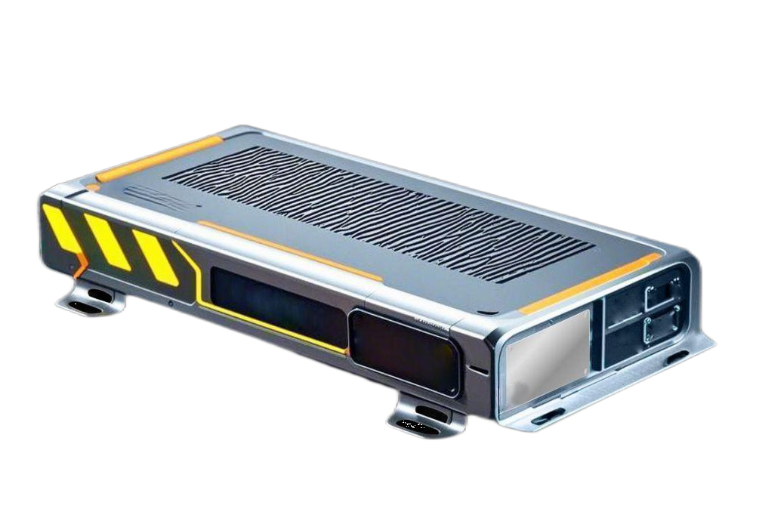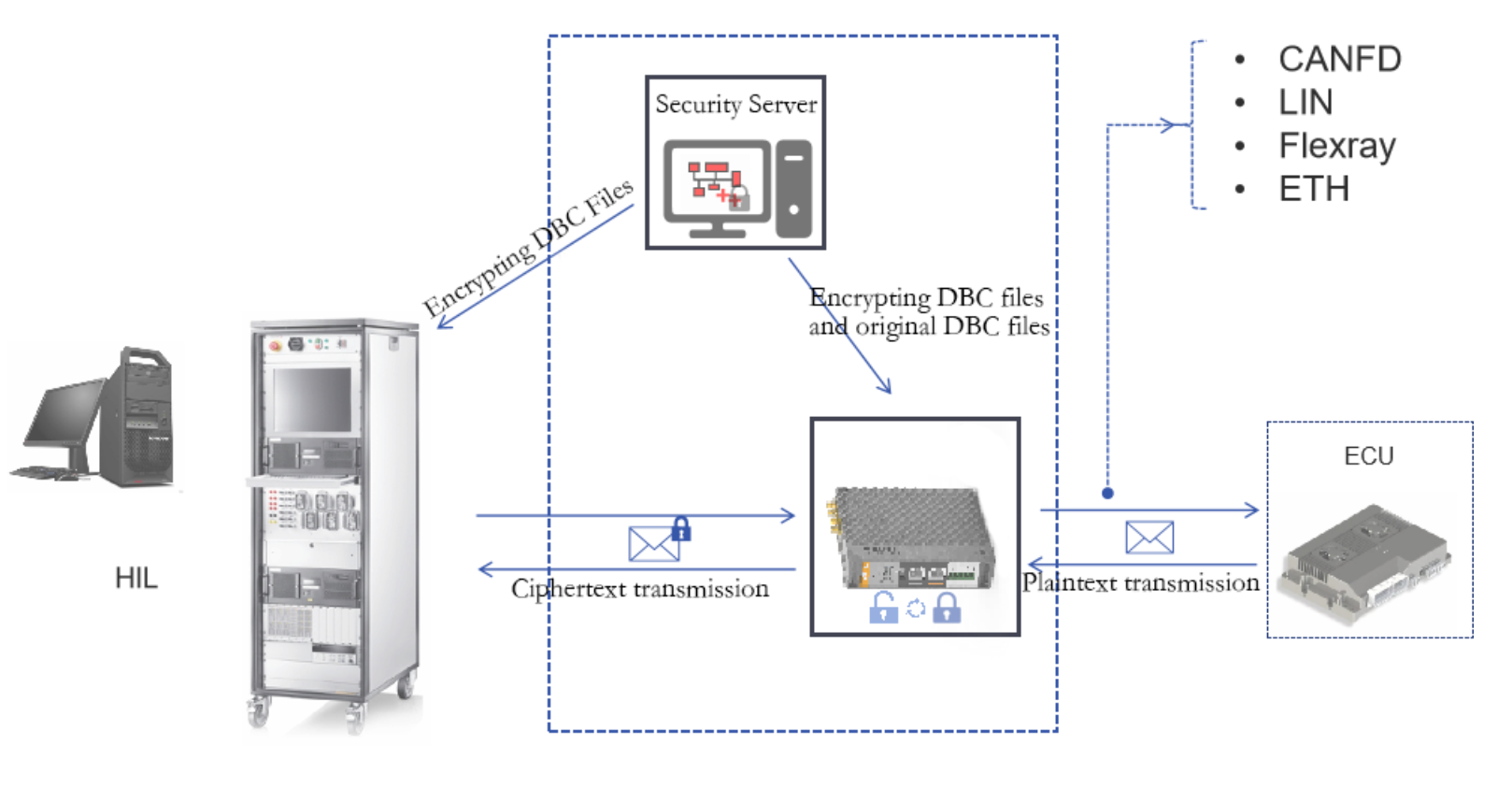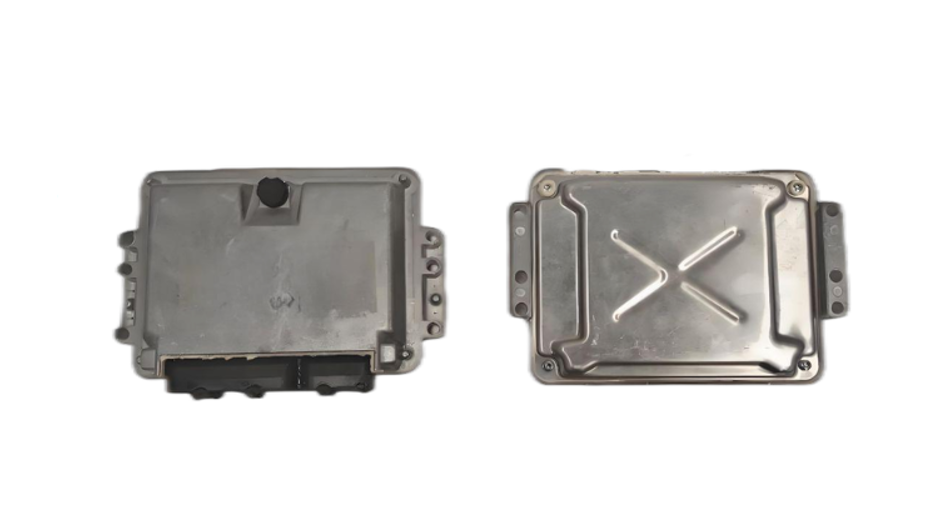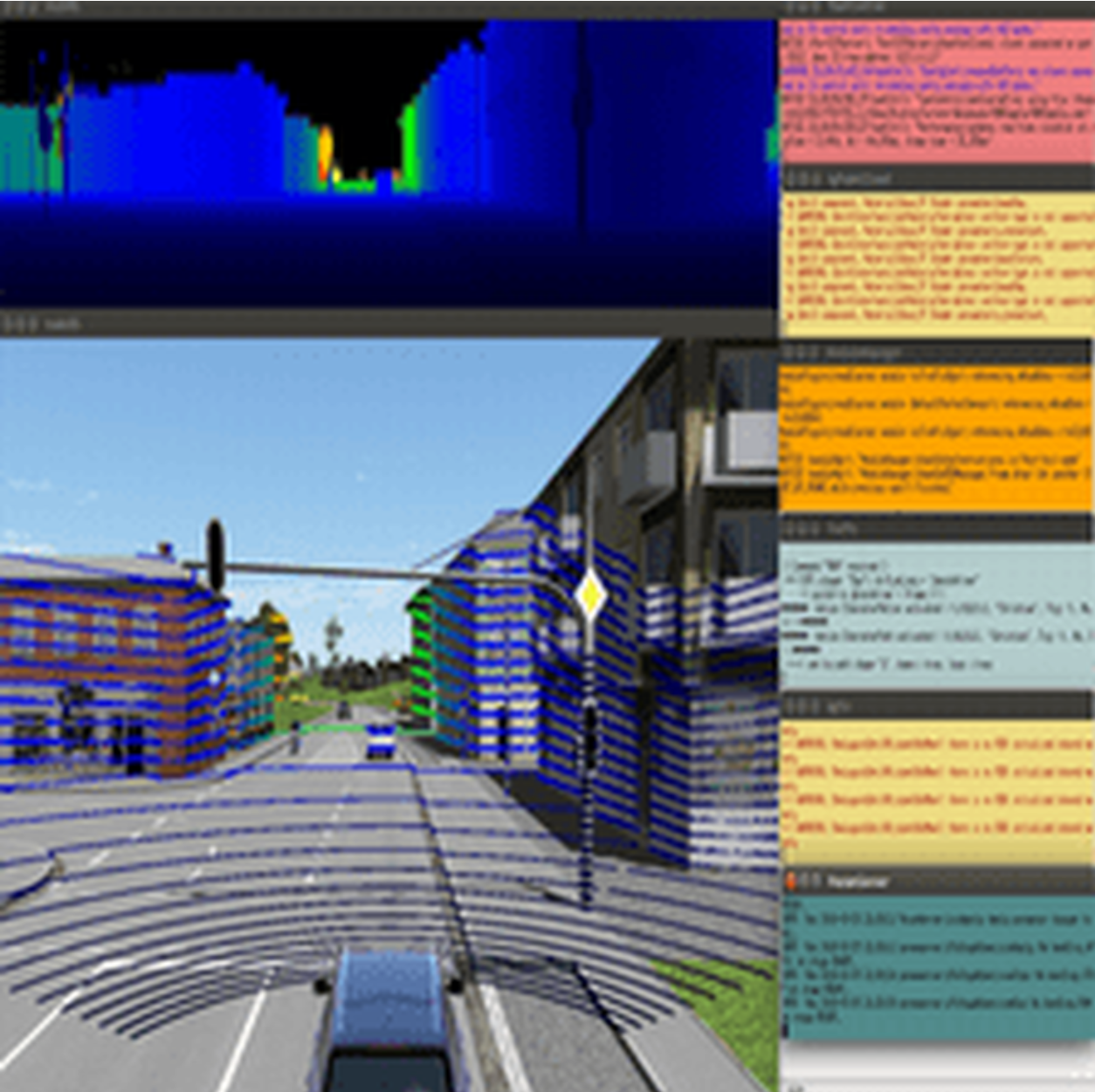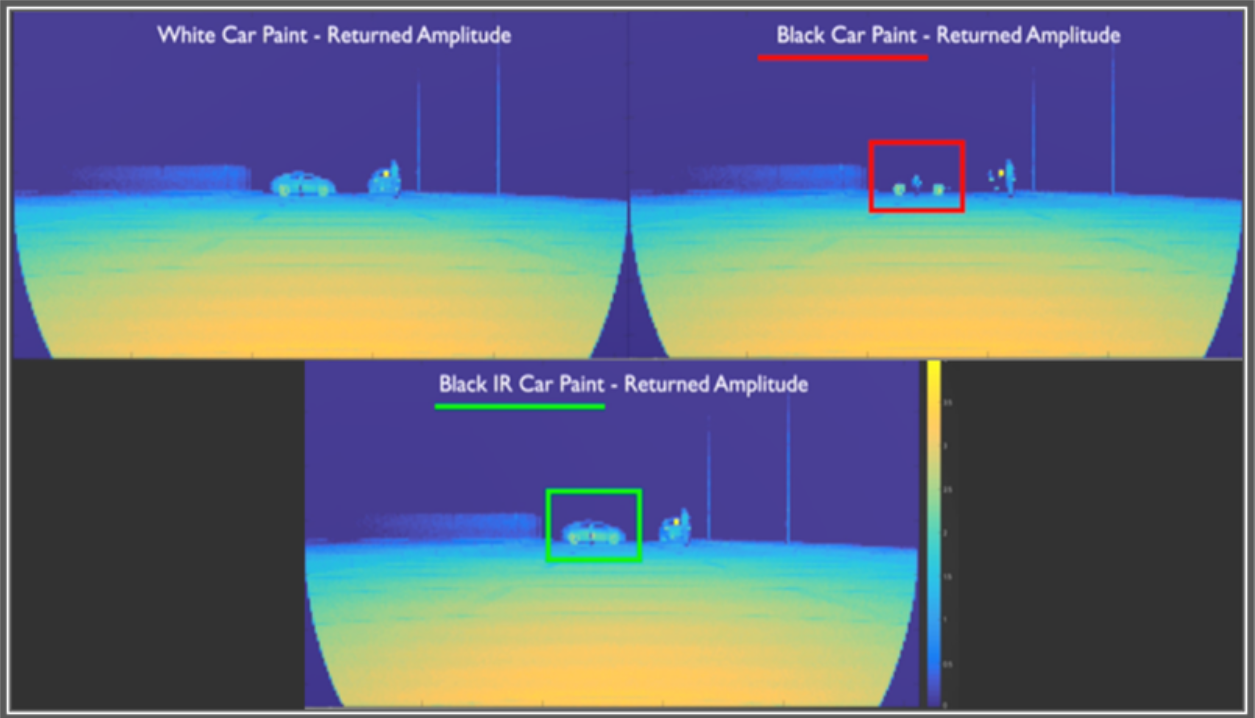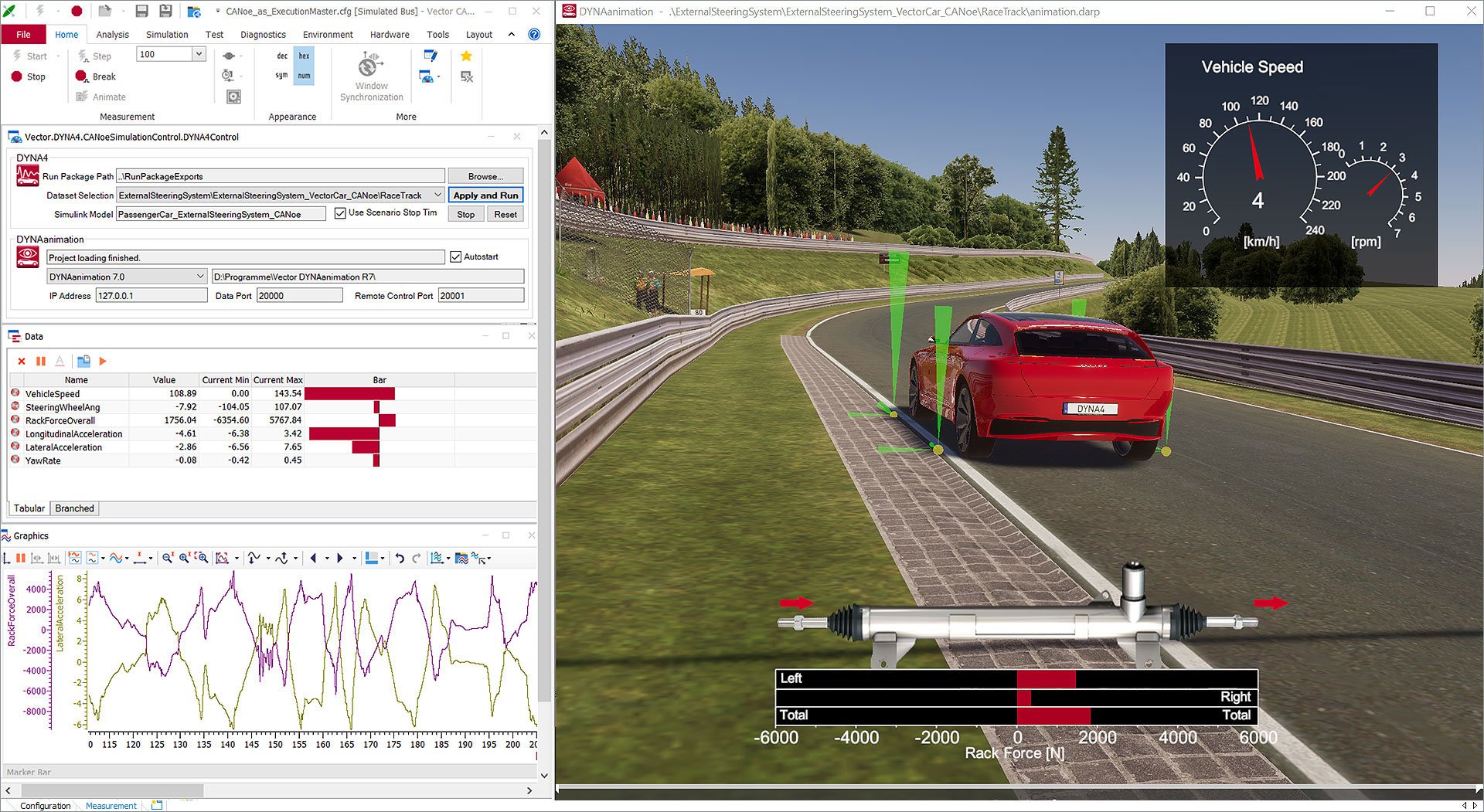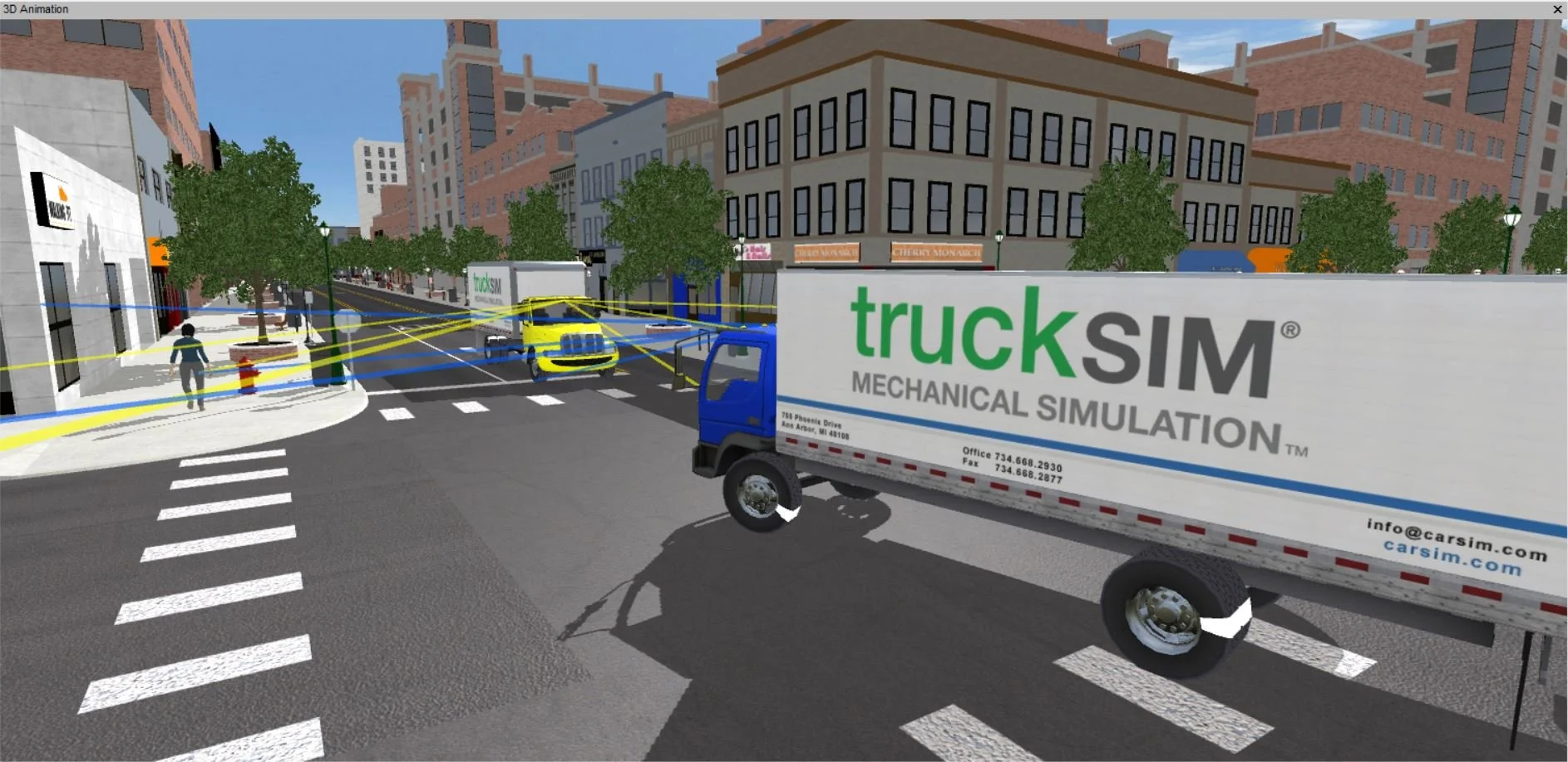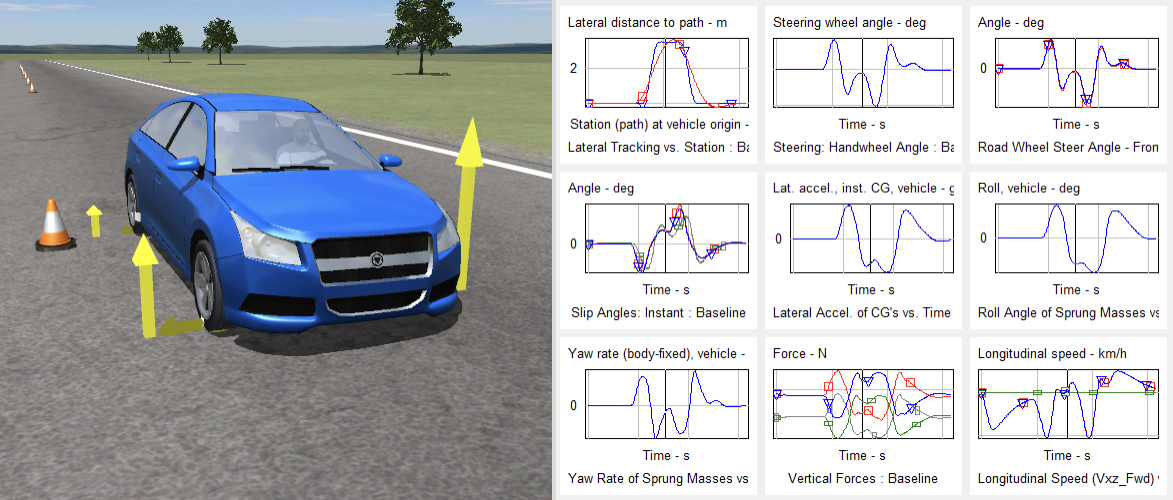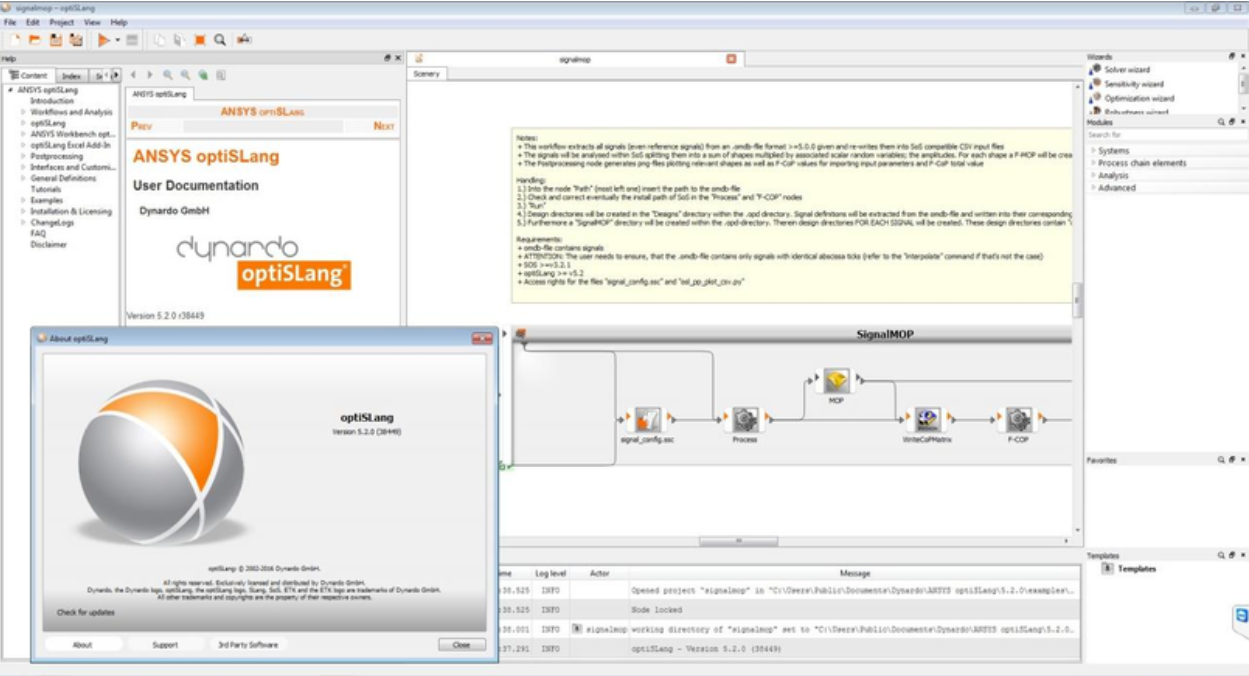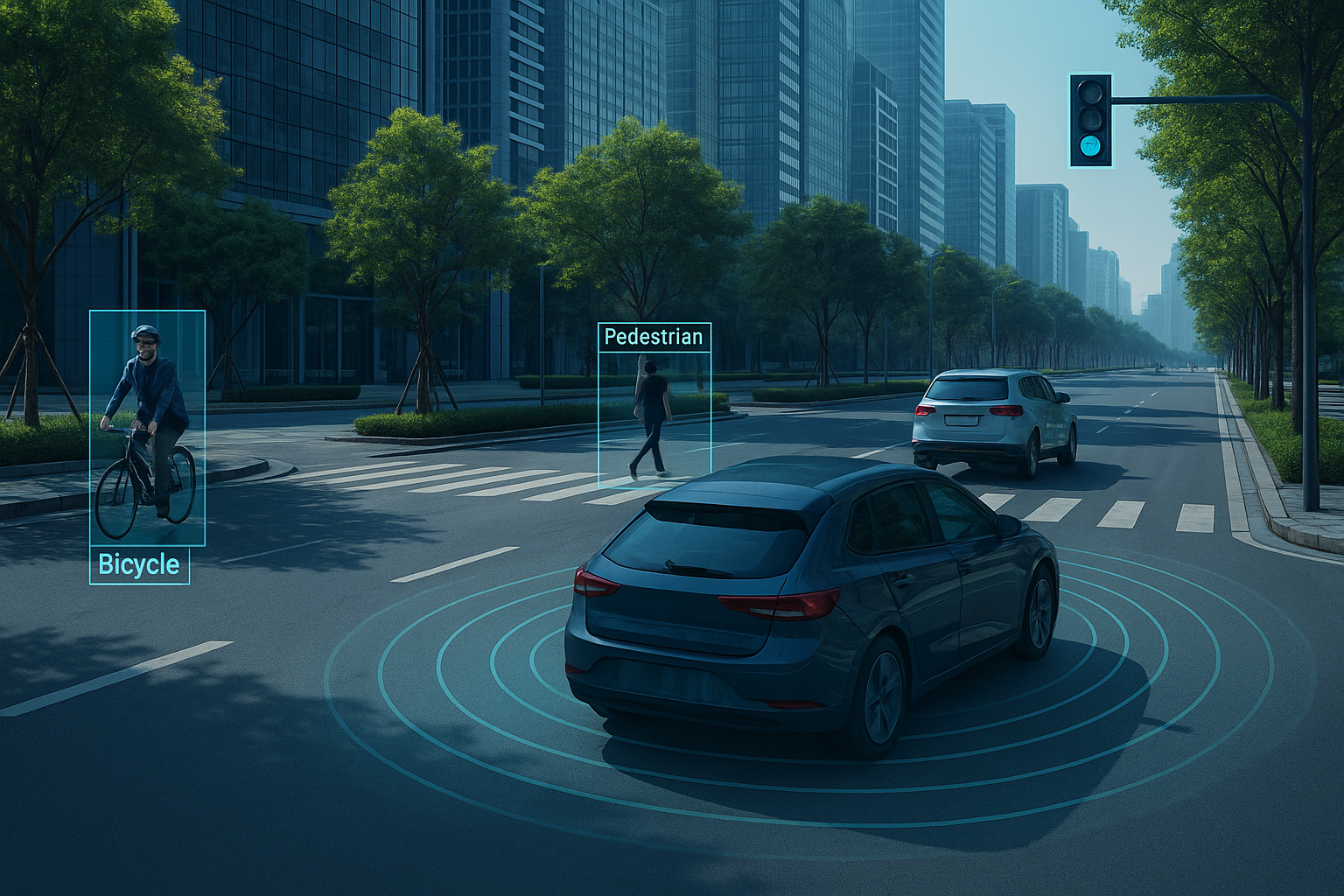
Next-generation ADAS for safety, reliability, and scalable autonomous driving.
Utila Legend
ADAS Solutions
-

Platform Integration
Offers integration of data, communication, and control with leading development and simulation tools, including functional safety analysis, Ethernet testing, and scenario analysis software.
-

Development & Upgrades
Provides development services in SOTIF, vehicle-infrastructure coordination, and sensor modeling, with solutions for annotation, analysis, scenario mining, and optimization using driving, map, and traffic data.
-

End-to-End Services
End-to-end platforms support cloud simulation, architecture design, closed-site, and public road testing for autonomous driving.
-
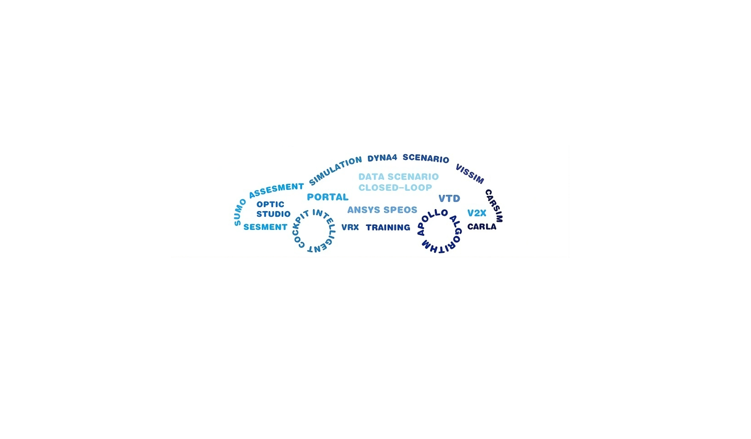
Modular Configuration
Software products use modular designs—data management, vehicle and sensor models, scenario libraries, and cloud services—enabling flexible data migration, deployment, and debugging.
Our Services
Testing Platforms
Closed-Loop Simulation & Validation
ADAS Simulation Data & Assets
Driving Scene Simulation Software
Vehicle Simulation Software
Scenario Generation Software
Sensor Simulation Software
Closed-Loop Simulation & Validation
Testing Platforms
ADAS Simulation Data & Assets
Driving Scene Simulation Software
Sensor Simulation Software
Vehicle Simulation Software
Scenario Generation Software

